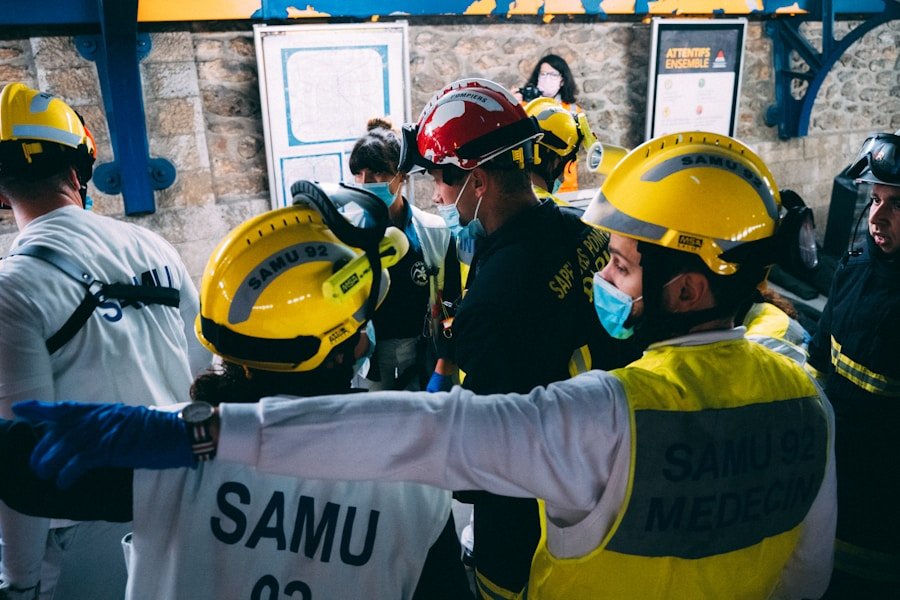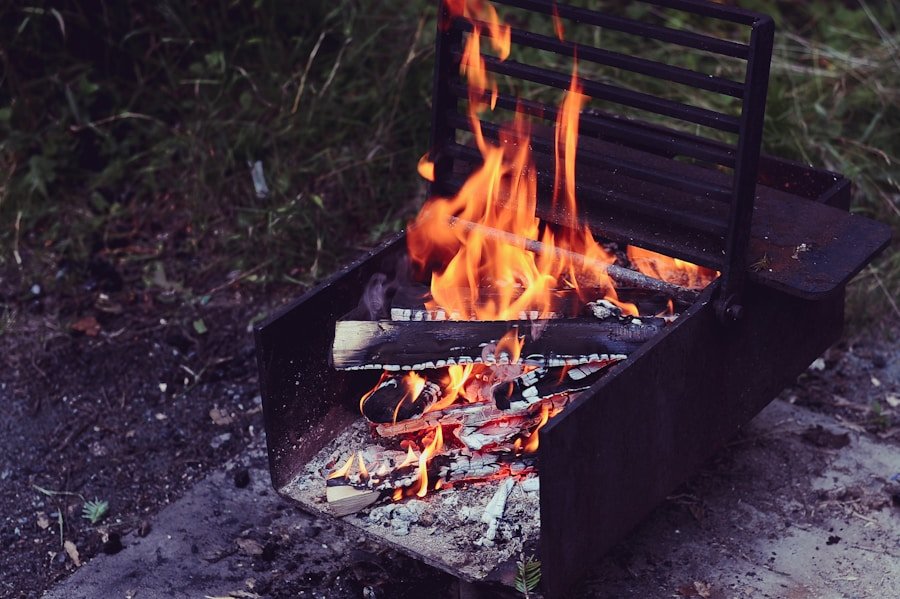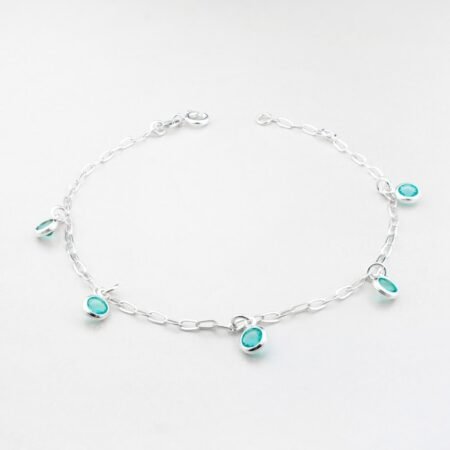Emergency blankets, also referred to as space blankets or thermal blankets, are specifically designed to help individuals conserve body heat in emergency situations. Constructed from a thin, reflective material, these blankets are capable of trapping and reflecting a person’s body heat back towards them, thereby preventing hypothermia and maintaining core body temperature in cold or wet conditions. Furthermore, the reflective surface of emergency blankets can also serve as a signaling device, making it easier for rescuers to locate individuals in distress.
Beyond their primary function of providing warmth and insulation, emergency blankets can also be utilized to create makeshift shelters, protecting individuals from the elements. Their lightweight and compact design make them a valuable addition to any emergency kit, as they can be easily carried and deployed when needed. It is essential for campers and outdoor enthusiasts to understand the purpose of emergency blankets, as they can provide a crucial lifeline in emergency situations.
Key Takeaways
- Emergency blankets are designed to provide warmth, insulation, signaling, visibility, and shelter in emergency situations.
- When choosing an emergency blanket, consider factors such as size, material, and intended use.
- Properly store and maintain emergency blankets by keeping them in a dry, accessible location and checking for tears or damage regularly.
- Use emergency blankets for warmth and insulation by wrapping them around your body or lining your shelter with them.
- Emergency blankets can also be used for signaling and visibility by reflecting sunlight or creating a bright, visible surface, and for shelter and protection by creating a barrier against wind, rain, and cold.
Choosing the right emergency blanket for your needs
When it comes to choosing the right emergency blanket for your needs, there are a few key factors to consider. Firstly, it’s important to look for a blanket that is made from a durable and tear-resistant material, as this will ensure that it can withstand the rigors of outdoor use. Additionally, you’ll want to consider the size of the blanket, as larger blankets can provide more coverage and insulation, while smaller blankets may be more portable and easier to carry.
Another important consideration when choosing an emergency blanket is its reflective properties. Look for a blanket that has a highly reflective surface, as this will make it easier for rescuers to spot you in an emergency situation. Some blankets also come with additional features such as grommets or tie-downs, which can be useful for creating shelters or securing the blanket in place.
Ultimately, the right emergency blanket for your needs will depend on the specific conditions and activities you anticipate encountering, so it’s important to carefully consider these factors when making your selection.
Properly storing and maintaining emergency blankets
Properly storing and maintaining emergency blankets is essential for ensuring that they remain effective and reliable when needed. When not in use, it’s important to store your emergency blankets in a cool, dry place away from direct sunlight and moisture. This will help prevent the reflective material from degrading and ensure that the blanket remains in good condition.
Additionally, it’s important to regularly inspect your emergency blankets for any signs of damage or wear. Tears or punctures in the material can compromise the blanket’s ability to retain heat and reflect light, so it’s important to repair or replace damaged blankets as needed. Finally, it’s a good idea to periodically practice deploying and using your emergency blankets, so that you are familiar with their features and capabilities in an emergency situation.
By properly storing and maintaining your emergency blankets, you can ensure that they will be ready to perform when you need them most.
Using emergency blankets for warmth and insulation
| Emergency Blanket Usage | Proper Technique |
|---|---|
| Stay Calm | Remain calm and composed in emergency situations to think clearly. |
| Open Carefully | Open the emergency blanket carefully to avoid tearing or damaging it. |
| Wrap Around Body | Wrap the blanket around the body to retain body heat and stay warm. |
| Use as Shelter | Use the emergency blanket as a shelter by tying it to trees or poles. |
| Signal for Help | Use the reflective surface of the blanket to signal for help in case of emergency. |
One of the primary uses of emergency blankets is for providing warmth and insulation in cold or wet conditions. When using an emergency blanket for warmth, it’s important to wrap yourself tightly in the blanket, making sure to cover as much of your body as possible. This will help trap your body heat and prevent it from escaping into the surrounding environment.
Additionally, you can use the reflective surface of the blanket to create a barrier between yourself and the ground, which can help prevent heat loss through conduction. In addition to using emergency blankets for personal warmth, they can also be used to insulate shelters and sleeping areas. By lining the interior of a shelter with emergency blankets, you can create a barrier that helps retain heat and keep out cold drafts.
This can be especially useful in emergency situations where traditional shelter materials may not be available. By understanding how to effectively use emergency blankets for warmth and insulation, campers can better prepare themselves for outdoor emergencies.
Using emergency blankets for signaling and visibility
Another important use of emergency blankets is for signaling and visibility in emergency situations. The highly reflective surface of these blankets makes them highly visible from a distance, especially in sunlight or under bright lights. In the event of an emergency, you can use an emergency blanket to signal for help by waving it or laying it out in an open area where it can be easily seen from above.
Additionally, emergency blankets can be used to increase visibility at night by creating a reflective barrier around your campsite or shelter. This can help rescuers locate you more easily in low-light conditions. By understanding how to effectively use emergency blankets for signaling and visibility, campers can increase their chances of being spotted and rescued in an emergency situation.
Using emergency blankets for shelter and protection
Emergency blankets can also be used to create makeshift shelters and protect individuals from the elements. By stringing up an emergency blanket between trees or other anchor points, you can create a simple shelter that provides protection from wind, rain, and sun. Additionally, emergency blankets can be used as ground cover to insulate against cold or damp ground, or as a barrier to protect against snow or ice.
In addition to providing shelter from the elements, emergency blankets can also be used to protect individuals from heat and sun exposure. By creating shade with an emergency blanket, you can help prevent heat-related illnesses such as heat stroke or sunburn. Understanding how to effectively use emergency blankets for shelter and protection is essential for campers and outdoor enthusiasts who may encounter a wide range of environmental conditions.
Knowing when and how to use emergency blankets in different emergency situations
Finally, it’s important for campers to understand when and how to use emergency blankets in different types of emergency situations. In cold or wet conditions, using an emergency blanket for personal warmth and insulation should be a top priority. Additionally, in situations where visibility is crucial, such as getting lost or stranded, using an emergency blanket for signaling and visibility can help increase your chances of being found.
In more extreme emergencies, such as natural disasters or wilderness survival situations, using emergency blankets for shelter and protection may be necessary for long-term survival. By understanding how to adapt the use of emergency blankets to different types of emergencies, campers can better prepare themselves for unexpected situations in the outdoors. In conclusion, understanding how to properly use emergency blankets is essential for campers and outdoor enthusiasts who may encounter a wide range of environmental conditions.
By choosing the right type of blanket for your needs, properly storing and maintaining them, and understanding their various uses in different types of emergencies, campers can increase their chances of staying safe and comfortable in outdoor settings. Whether providing warmth and insulation, increasing visibility, creating shelter, or protecting against the elements, emergency blankets are a versatile tool that should not be overlooked in any outdoor adventure.
FAQs
What are emergency blankets used for?
Emergency blankets are used to help retain body heat and prevent hypothermia in emergency situations. They are commonly used by campers, hikers, and other outdoor enthusiasts.
How should campers properly use emergency blankets?
Campers should properly use emergency blankets by wrapping themselves in the blanket to retain body heat, using it as a ground cover to insulate against the cold, and using it as a shelter or signaling device if needed.
Are emergency blankets reusable?
Yes, emergency blankets are typically reusable as long as they are not damaged or torn. After use, they should be carefully folded and stored in a dry place for future use.
Can emergency blankets be used in hot weather?
Yes, emergency blankets can also be used in hot weather to provide shade and reflect the sun’s heat away from the body. They can be used as a makeshift shelter or sunshade in extreme heat conditions.
Are emergency blankets waterproof?
Emergency blankets are not completely waterproof, but they are water-resistant and can provide some protection against light rain and moisture. However, they should not be relied upon as the sole source of protection in heavy rain or wet conditions.













